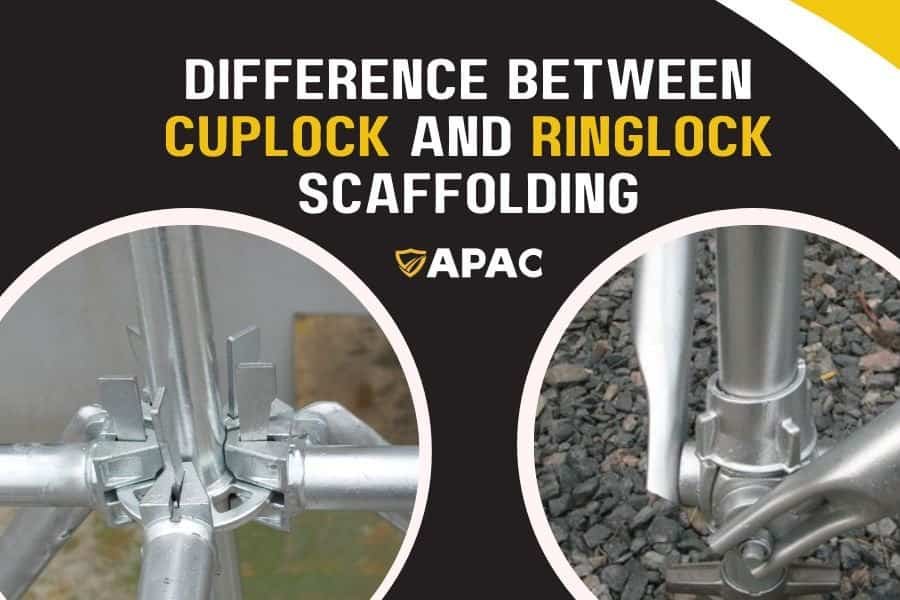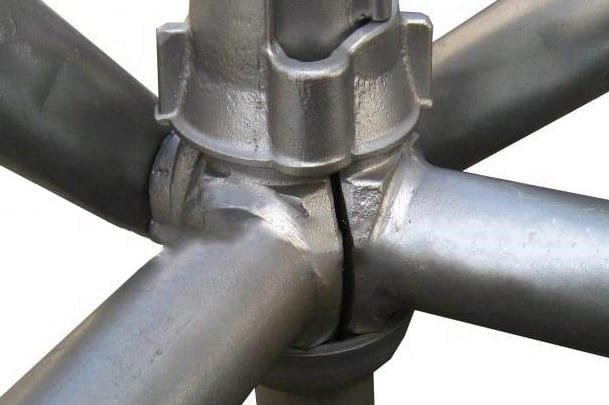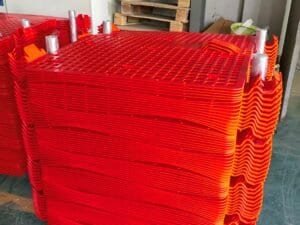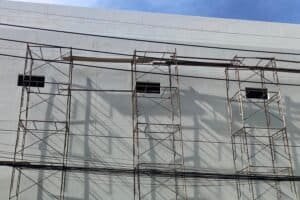Introduction
Scaffolding systems play a crucial role in providing a stable and secure platform for construction activities. Cuplock and Ringlock scaffolding are two popular systems that are widely used in the industry. In this blog, we will delve into the key differences between these two systems. Understanding the differences between Cuplock and Ringlock scaffolding can help you make an informed decision.
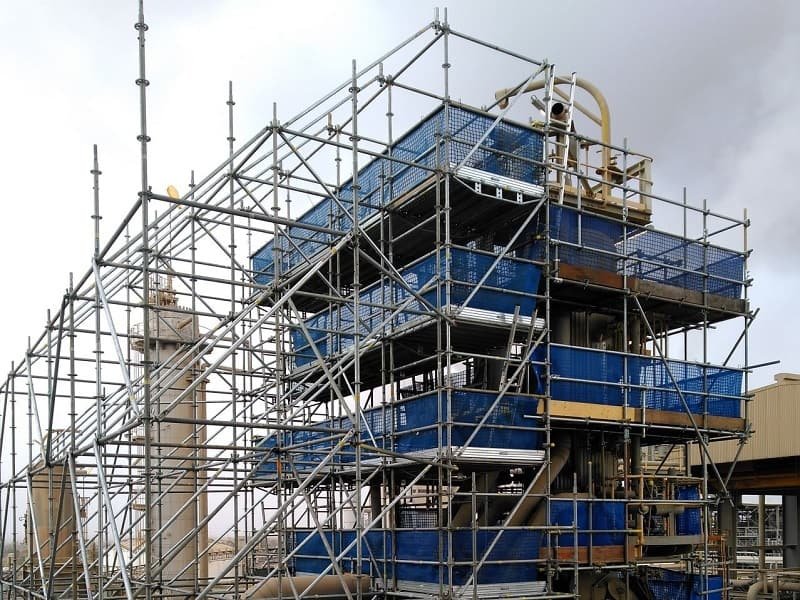
Overview of Cuplock Scaffolding
Definition & History
Cuplock scaffolding, developed in the 1950s by Scaffolding Great Britain (SGB), was one of the earliest modular systems to replace traditional tube and coupler scaffolds. Its cup joint locking mechanism quickly became a game-changer for large-scale projects needing speed and simplicity.
Main Components
Standards (verticals): Equipped with cup joints every 500 mm.
Ledgers (horizontals): Inserted into the cups.
Top & Bottom Cups: Secure the ledgers by locking them in place.
Key Features
Cup-locking mechanism: Allows up to 4 ledgers to be locked at once.
Tool-free connections: No bolts or nuts required.
Simple assembly: Popular for straightforward, repetitive structures.
Advantage
- Quick assembly and disassembly
The wedge-locking mechanism allows for a straightforward and efficient setup, saving valuable time on-site. The system requires fewer components than other scaffolding systems, reducing complexity and potential errors during installation. - High load-bearing capacity
Cuplock scaffolding is renowned for its high load-bearing capacity. The vertical standards, made from high-quality steel, provide excellent strength and stability, making it suitable for heavy-duty applications. The secure cup connections ensure a rigid and secure scaffold structure that can withstand substantial weights and provide a safe working platform for workers. - Simplicity and Versatility
The simplicity and versatility of Cuplock scaffolding make it ideal for a wide range of construction projects. It is commonly used for straight vertical structures such as buildings, bridges, and dams. Its adaptability to different heights and configurations allows for efficient construction progress, especially in projects with tight schedules. - Safety
The secure cup connections minimize the risk of accidental disassembly, ensuring the scaffold remains stable and secure throughout the project. With proper installation and adherence to safety guidelines, Cuplock scaffolding provides construction workers with a reliable and safe working environment.
Overview of Ringlock Scaffolding
Definition & Evolution
Ringlock scaffolding emerged later, in the 1980s–90s, as an evolution of modular scaffolding technology. It introduced a rosette connection system — a small circular plate welded onto standards, allowing multi-directional connections. These rosettes serve as connection points for horizontal ledgers, creating a strong and adjustable scaffold structure, widely used in the construction industry.
Main Components
Standards (verticals): With rosettes at fixed intervals.
Ledgers & Diagonal Braces: With wedge heads that slot into the rosettes.
Rosette Plate: Features 8 slots for ledgers, braces, or transoms.
Key Features
Rosette system: Enables connections at various angles.
Multi-directional flexibility: Perfect for complex geometries.
Strong wedge lock: Ensures rigid, vibration-resistant joints.
Advantage
- Flexibility
One of the key advantages of Ringlock scaffolding is its flexibility in height adjustment. The vertical standards allow for easy changes in scaffold levels, accommodating different construction requirements and irregular structures. This adaptability makes Ringlock scaffolding suitable for projects with complex geometries and curved designs. - Superior Stability
Assembly and disassembly are seamless with Ringlock scaffolding. The rosette-based locking system enables quick and secure connections between the standards and ledgers. The locking pins provide stability and prevent accidental disassembly, ensuring a safe working platform for construction personnel. - High Load-bearing Capacity
Ringlock scaffolding is renowned for its exceptional load-bearing capacity. The multiple rosette positions allow for the distribution of heavy loads evenly, providing stability and support for workers and materials. This strength makes Ringlock scaffolding suitable for both small-scale and large-scale construction projects.
Difference between cuplock and ringlock
Cuplock vs Ringlock – Design and Connection System
Cuplock:
Uses a cup joint mechanism: a bottom fixed cup and a top sliding cup.
Up to 4 ledgers connect at one node.
Connections are simple but limited to right angles.
Ringlock:
Uses a rosette plate with 8 slots.
Can connect ledgers, braces, or transoms at multiple angles.
Extremely flexible for irregular or circular structures.
Speed of Erection:
Both are faster than tube & coupler.
Cuplock wins in repetitive, rectangular layouts (fewer components, faster locking).
Ringlock is faster for complex geometry, since the rosette eliminates the need for extra fittings.
Think of it this way: Cuplock is quick for simple builds. Ringlock is adaptable to any shape.
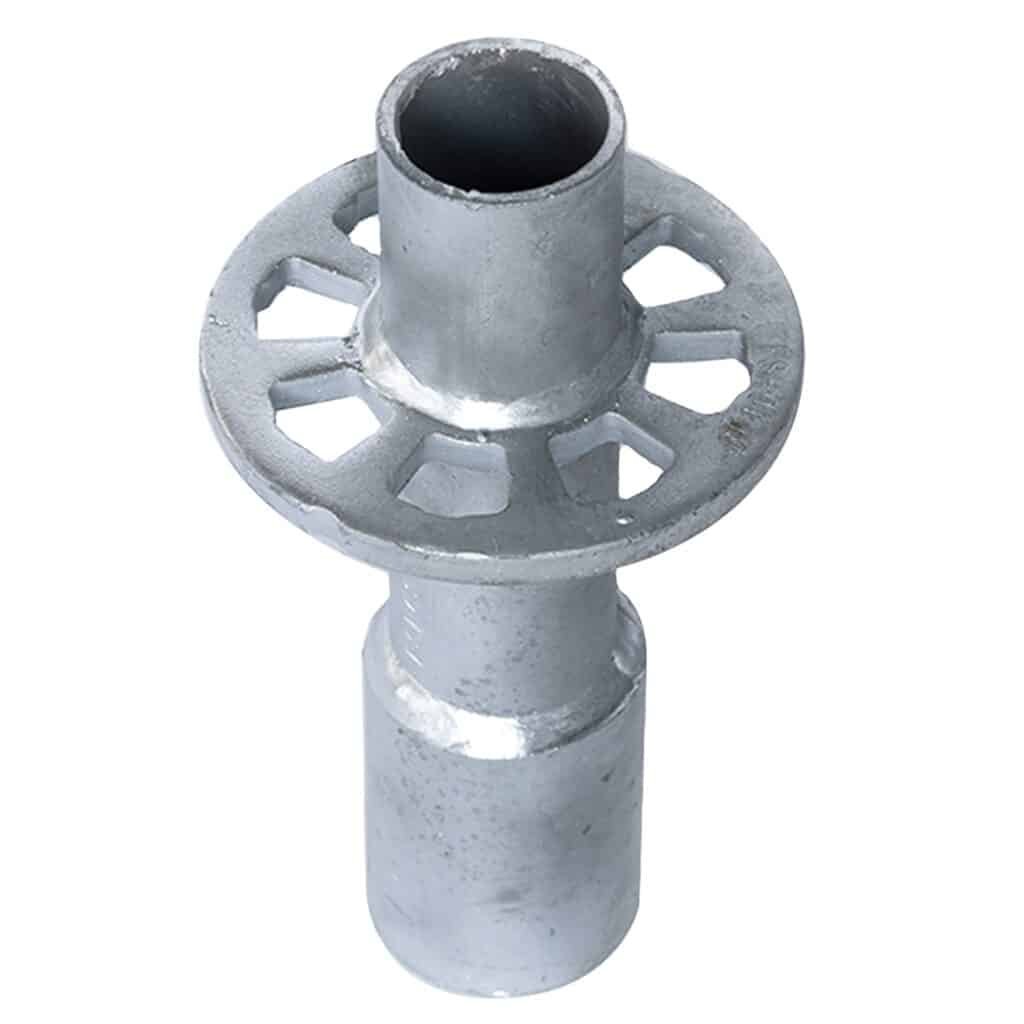
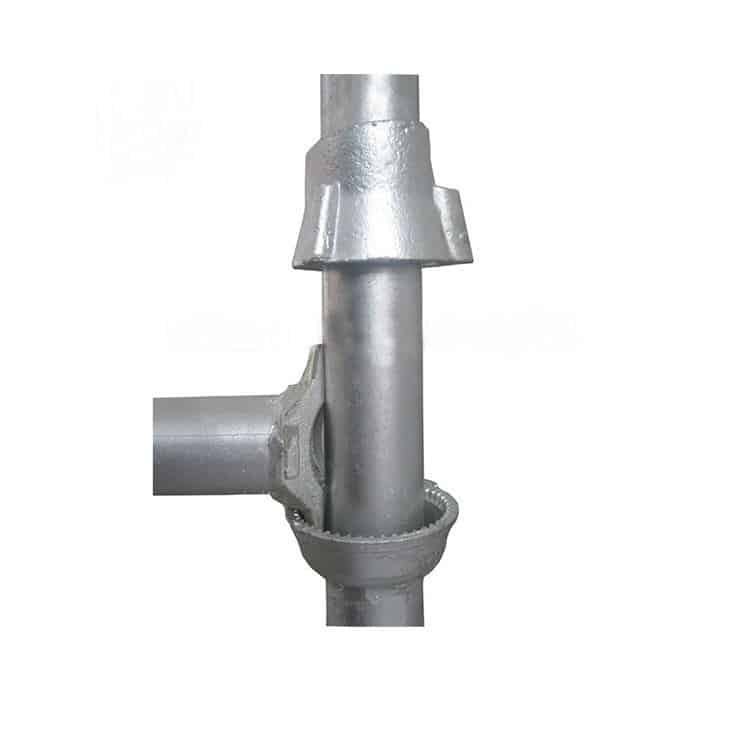
Cuplock vs Ringlock – Load Capacity and Strength
Typical Load Capacities:
Cuplock: ~30–40 kN per vertical standard.
Ringlock: ~40–60 kN per vertical standard (depending on manufacturer).
Shear Resistance & Stability:
Cuplock joints rely on cups — good for vertical loads, less efficient for diagonal forces.
Ringlock’s wedge and rosette system offers better shear resistance, making it sturdier under lateral loads.
Which is Better for Heavy Duty?
For shoring towers or vertical support, both work well.
For bridges or industrial sites with heavy live loads, Ringlock often outperforms due to its bracing options and stronger connections.
Cuplock vs Ringlock – Applications in Construction
Cuplock:
Façade scaffolding (especially in the UK and India).
Access scaffolds for simple, rectangular buildings.
Shoring towers for slab and beam support.
Ringlock:
Complex structures (stadiums, ship hulls, power plants).
Infrastructure projects (bridges, tunnels, metros).
Industrial maintenance in oil & gas, refineries, shipyards.
Regional Preferences:
UK & Commonwealth nations: Cuplock remains popular, thanks to legacy familiarity.
Middle East & Asia-Pacific: Ringlock dominates large-scale projects due to flexibility.
Europe & North America: Ringlock is standard for compliance with EN 12810/12811.
Cuplock vs Ringlock – Safety and Compliance
Standards:
Both systems can comply with EN 12810/12811, OSHA, and AS/NZS 1576 if manufactured properly.
Inspection & Maintenance:
Cuplock cups wear down over time, reducing locking precision.
Ringlock wedges and rosettes maintain tightness longer, with less wear.
Safety Advantage:
Ringlock’s rosette system reduces risk of accidental dislodging.
Better bracing options improve stability under wind or vibration.
For contractors focused on long-term compliance and worker safety, Ringlock often edges ahead.
Which is Better? Choosing Between Cuplock and Ringlock
So, which should you choose? It depends on your project needs.
Choose Cuplock if:
- Your project is straightforward (façade, access, repetitive layouts).
- Cost is the primary concern.
- You operate in markets where Cuplock is already the norm.
Choose Ringlock if:
- Your project involves complex geometries.
- You need maximum safety and compliance with modern standards.
- You want long-term ROI and flexibility for multiple project types.
From different perspectives:
Contractors: Prefer Ringlock for versatility.
Distributors: Stock both, but demand for Ringlock is growing.
Rental Companies: Ringlock fleets offer better utilization rates across diverse projects.
Conclusion
Understanding the difference between Cuplock and Ringlock scaffolding is crucial in selecting the right system for your construction project.
Cuplock scaffolding offers simplicity, quick assembly, and high load-bearing capacity, making it ideal for straight structures. On the other hand, Ringlock scaffolding provides versatility, adjustable height settings, superior load-bearing capabilities, and adaptability to complex geometries and curved designs. Both systems offer stability and safety features, ensuring a secure working environment.
Consider your project requirements, load-bearing needs, assembly flexibility, and structural complexity when deciding between Cuplock and Ringlock scaffolding. Consulting with a scaffolding professional can help you determine the most suitable system for your project.


